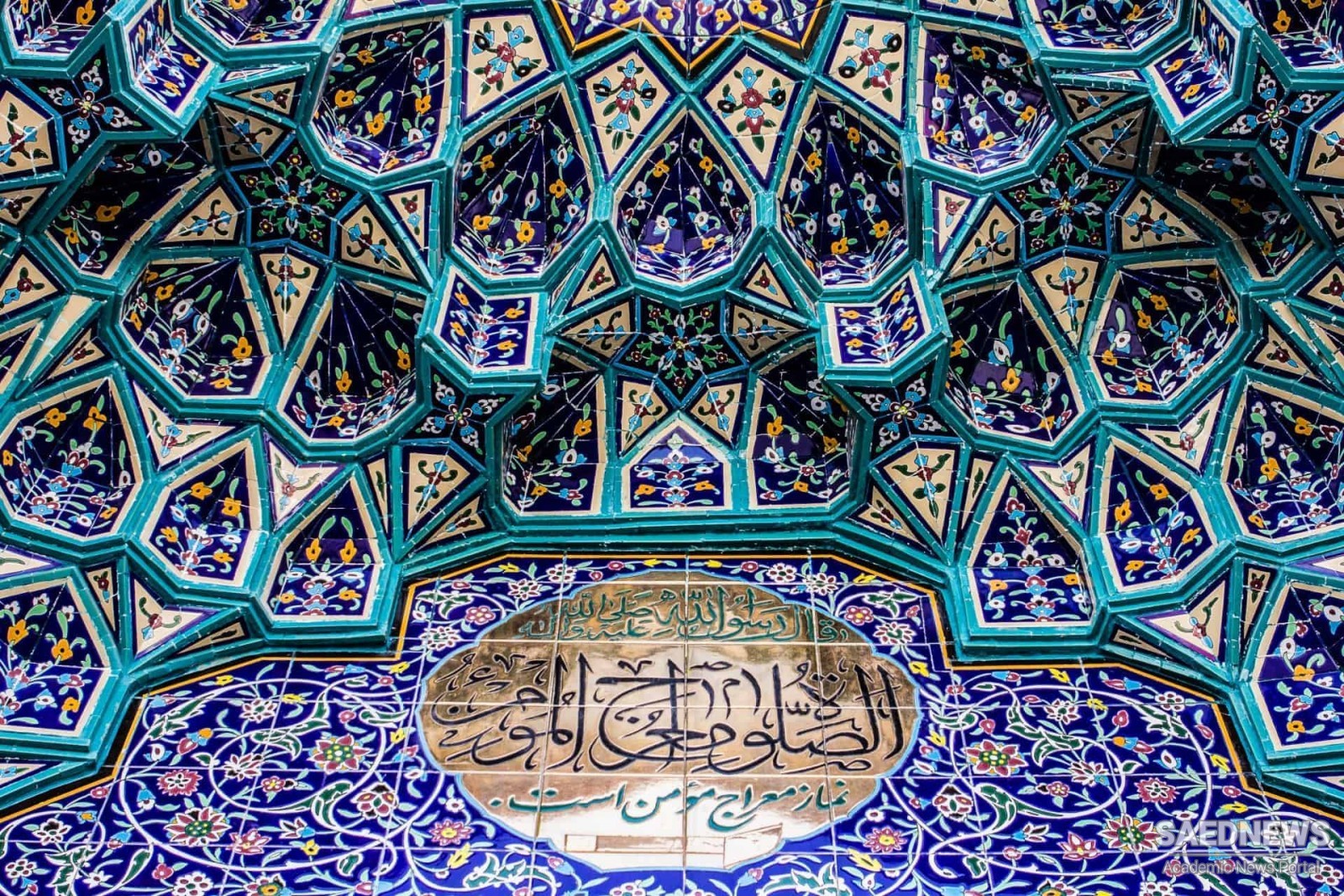There is little dispute about the five links in immediate descent from the Imäm Müsä al-Käzim, and only minor inconsistencies in the chain between FTrüzshäh Zarrinkuläh and Shaykh Safi al-DTn. It is the middle portion of the genealogy, consisting of eight links in the “ official version”, on which the greatest doubt has been cast ; of these eight persons, four are unspecified Muhammads.
Following the “ official” version of early Safavid history, it appears that FTrüzshäh was appointed Governor of the province of Ardabïl and its dependencies by a son of Ibrâhîm b. Adham; this son is described as “ King of Iran”. Ibrâhîm b. Adham was an eighth-century ascetic whose life has been much embellished by legend. There is no historical basis for the belief that he was a prince of Balkh who renounced worldly pomp in favour of a life of abstinence. We are further told that FTrüzshäh converted to Islam the inhabitants of Äzarbäyjän and Muqän, who were infidels (kafir). Both of these statements are patently false. Ibrâhîm b. Adham died in a.d. 777, so no son of his could possibly have been alive in the eleventh century, and the inhabitants of Muqän and Arrän had embraced Islam during the seventh and eighth centuries. Fïrüzshâh was a man of wealth and authority, and owned much property and livestock; indeed, his animals were so numerous that he selected for his residence a place called Rängln, on the edge of the forests of Gllän, where the pasturage was excellent. Fïrüzshâh became noted for the nobility of his character, the excellence of his manners, the felicity of his conversation and the generosity of his behaviour. He was said to be a sayyid (descendant of the Prophet), and, as a result of his abundant piety and zealous religious observance, the people of the region became his disciples (murid). After his death, his son ‘Ivaz moved to Isfaranjän, a village in the Ardabïl district. On the other hand, a “ non-establishment” source states that Fïrüzshâh was the first member of the Safavid house to come to Ardabïl; this statement is not necessarily incompatible with the “ official” account, for “ Ardabïl” may mean “ the Ardabïl district”.
The son o f‘Ivaz, Muhammad Häfiz, disappeared at the age of seven, and the customary rites of mourning were performed for him. After seven years had elapsed, Muhammad suddenly reappeared, wearing a jujube (reddish-brown) coloured robe, and with a white turban wound around the ordinary hat of the period. Round his neck was hung a copy of the Qur’än. In answer to questions about his absence, he replied that he had been carried off by jinn, who had taught him the Qur’än and instructed him in the obligatory sciences, such as the precepts and laws of God. From then onwards, Muhammad Häfiz lived a life of perfect piety and scrupulous religious observance. Two new, predictive elements have been introduced into the “ official” account at this point: the supernatural element (the abduction by jinn); and the repetition of the socio-religiously significant number “ 7”.
Muhammad’s son, Saläh al-Dïn Rashid, lived an uneventful life as a small landowner (dihqän) and agriculturalist at the village of Kalkhvurän near Ardabïl. According to the Silsilat al-Nasab, Saläh al-Dïn’s son, Qutb al-Dïn Abu’l-Bâqï Ahmad, was living at Kalkhvurän at the time of the Georgian invasion of Iran and capture of Ardabïl in 1203/4. During the sack of Ardabïl, Qutb al-DTn took refuge with his infant son Amin al-DTn Jibrä’H1 in a cellar, with one of his followers on guard above. The guard, attacked by a marauding Georgian, succeeded in overcoming him, but the sound of the struggle brought further Georgians to the spot. Before they arrived, the guard pulled a large grain-bin over the entrance to the cellar. The Georgians killed the guard and left. The cellar was too cramped for the number of people, mainly women and children, concealed in it, and Qutb al-DTn was forced to seek another hiding-place. Before he found one, he was caught by the Georgians, and left for dead with a severe wound in his neck. He was later recovered from a pile of corpses of other victims by a band of ruffians out for loot, and taken back to the cellar to be nursed by his relatives. Qutb al-DTn was still alive in 1252/3, when Shaykh SafT al-DTn was born. Shaykh Safi al-DTn, recounting the story of these events in later days, used to say that, when Qutb al-DTn lifted him up on his shoulder, he could put four fingers into the gash left by the sword wound.


 The Lords of Ardabil
The Lords of Ardabil














































